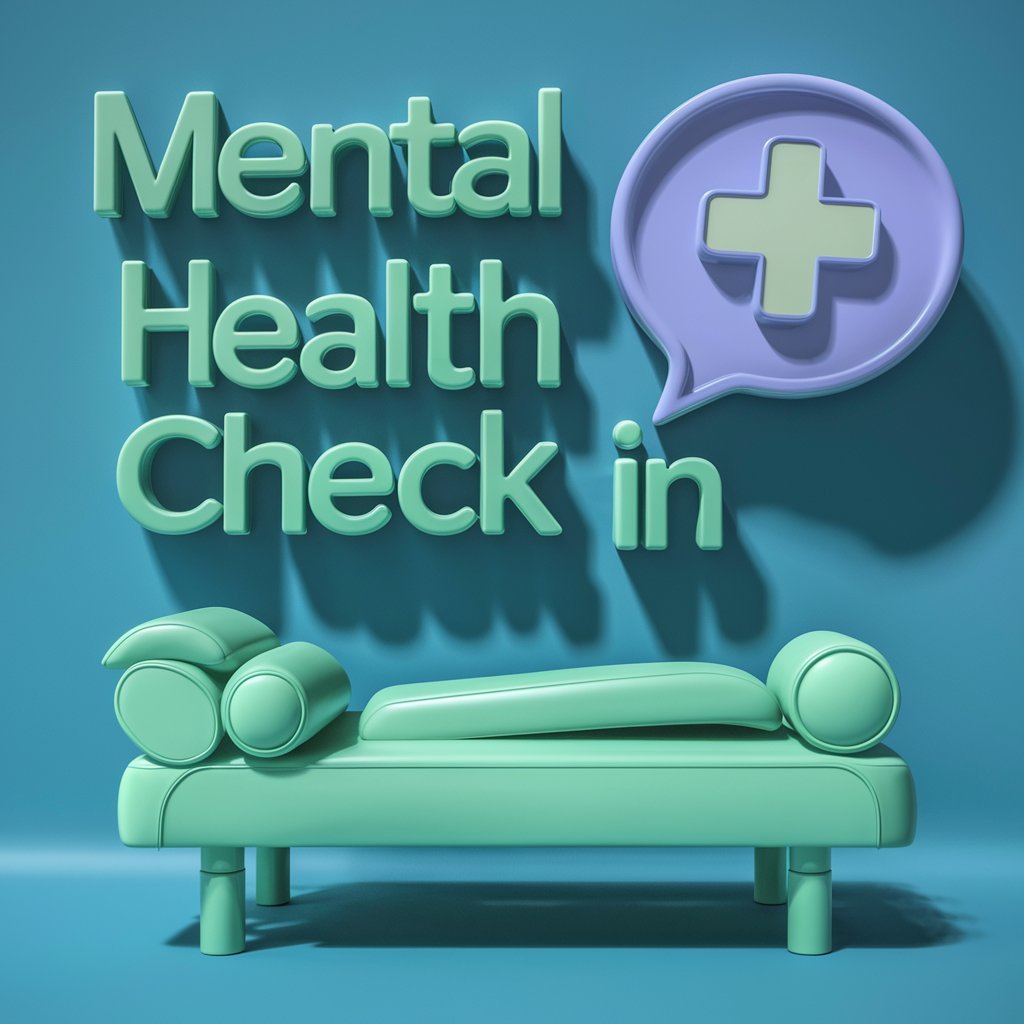Introduction
Trigger warnings have become increasingly prevalent in today’s society, especially in online content and educational settings. These warnings are meant to alert individuals to potentially distressing or triggering content so they can make an informed decision about whether to engage with it. However, there is ongoing debate about the efficacy and impact of trigger warnings on mental health and emotional safety.
Arguments in Favor of Trigger Warnings
Proponents of trigger warnings argue that they provide individuals with the ability to avoid content that may be harmful to their mental health. By giving individuals a heads up about potentially triggering material, trigger warnings can help prevent retraumatization and reduce anxiety and distress. Additionally, trigger warnings can promote empathy and consideration for individuals who have experienced trauma or have specific triggers.
Arguments Against Trigger Warnings
On the other hand, critics of trigger warnings argue that they may actually do more harm than good. Some research suggests that trigger warnings can increase anxiety and avoidance behaviors, ultimately reinforcing trauma-related symptoms. Furthermore, critics argue that trigger warnings can promote a culture of avoidance and censorship, limiting open discourse and intellectual freedom.
Impact on Mental Health
Studies on the impact of trigger warnings on mental health have yielded mixed results. While some individuals may find trigger warnings helpful in managing their mental health and emotional well-being, others may feel stifled or infantilized by them. It is important to consider individual differences in how people respond to trigger warnings and to prioritize a nuanced approach to mental health support.
Emotional Safety and Trigger Warnings
Emotional safety is a key consideration in the debate over trigger warnings. While trigger warnings can promote emotional safety for some individuals by allowing them to make informed choices about their media consumption, they may also contribute to a culture of avoidance and over-sensitivity. Balancing emotional safety with intellectual freedom is a complex challenge that requires thoughtful consideration.
Conclusion
In conclusion, the effects of trigger warnings on mental health and emotional safety are multifaceted and subject to debate. While trigger warnings can help individuals manage their mental health and avoid distressing content, they also have the potential to reinforce avoidance behaviors and limit open discourse. Moving forward, it is important to continue studying the impact of trigger warnings and to develop evidence-based guidelines for their use.
FAQs
FAQ 1: Do trigger warnings actually help individuals with PTSD or trauma?
While some individuals may find trigger warnings helpful in managing their PTSD or trauma symptoms, research suggests that the impact of trigger warnings varies widely among individuals. Some may appreciate the warning and choose to avoid triggering content, while others may find that trigger warnings actually increase their anxiety and avoidance behaviors. It is important for individuals to assess their own responses to trigger warnings and seek appropriate support as needed.
FAQ 2: How can educators and content creators navigate the use of trigger warnings effectively?
Effective use of trigger warnings requires sensitivity, empathy, and awareness of diverse experiences. Educators and content creators can consider providing trigger warnings when discussing potentially triggering topics, while also encouraging open dialogue and critical engagement with challenging material. It is important to create a supportive and inclusive learning environment that prioritizes mental health and emotional safety while fostering intellectual growth and exploration.





